Idea by
cássio sauer, elisa t martins
sauermartins
Call for ideas 2020
looking to the future, learning from the past
looking to the future, learning from the past
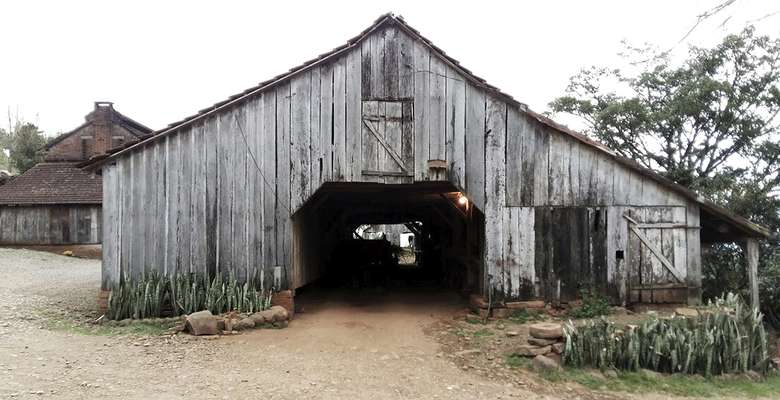
- Site-specific cases
An immersion into the vernacular, a study or approach towards an aesthetics, ethic and culture of the place, tradition and identity.
This research aims to reveal a possible dialogue between the artisanal and the contemporary in architecture. A search for keeping alive construction traditions.
Living in the southernmost and coldest part of a tropical country - known for this amazingly open architecture - we have to look to traditional buildings to learn how to deal with the cold weather of the south.
The search for an ‘architecture of the cold’ seeks to learn from construction, from practice, from common, from heritage. A reference to some essential bareness represented by the vernacular, the rural and the countryside.
The projects presented investigate possible interactions between traditional practices and contemporary architecture in a critical approach of new technologies combined with vernacular strategies, rescuing methods and techniques.
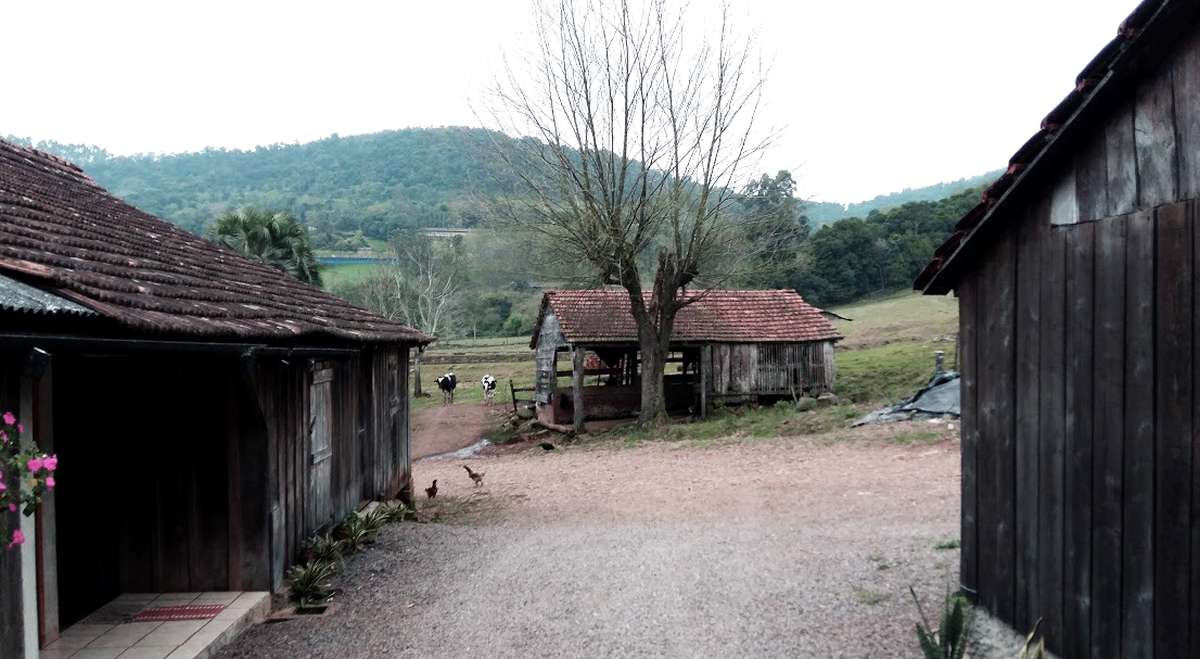
TYPICAL RURAL CONSTRUCTIONS IN SOUTHERNMOST TERRITORY OF BRAZIL
Our territory is fill with rural constructions that has no author, no formal project. Common buildings carachterized by a traditional knowledge shared through the construction process with the use of local materials, artisanal and vernacular means that has been passed from generation to generation and constantly adapted to the place, materials and climate.
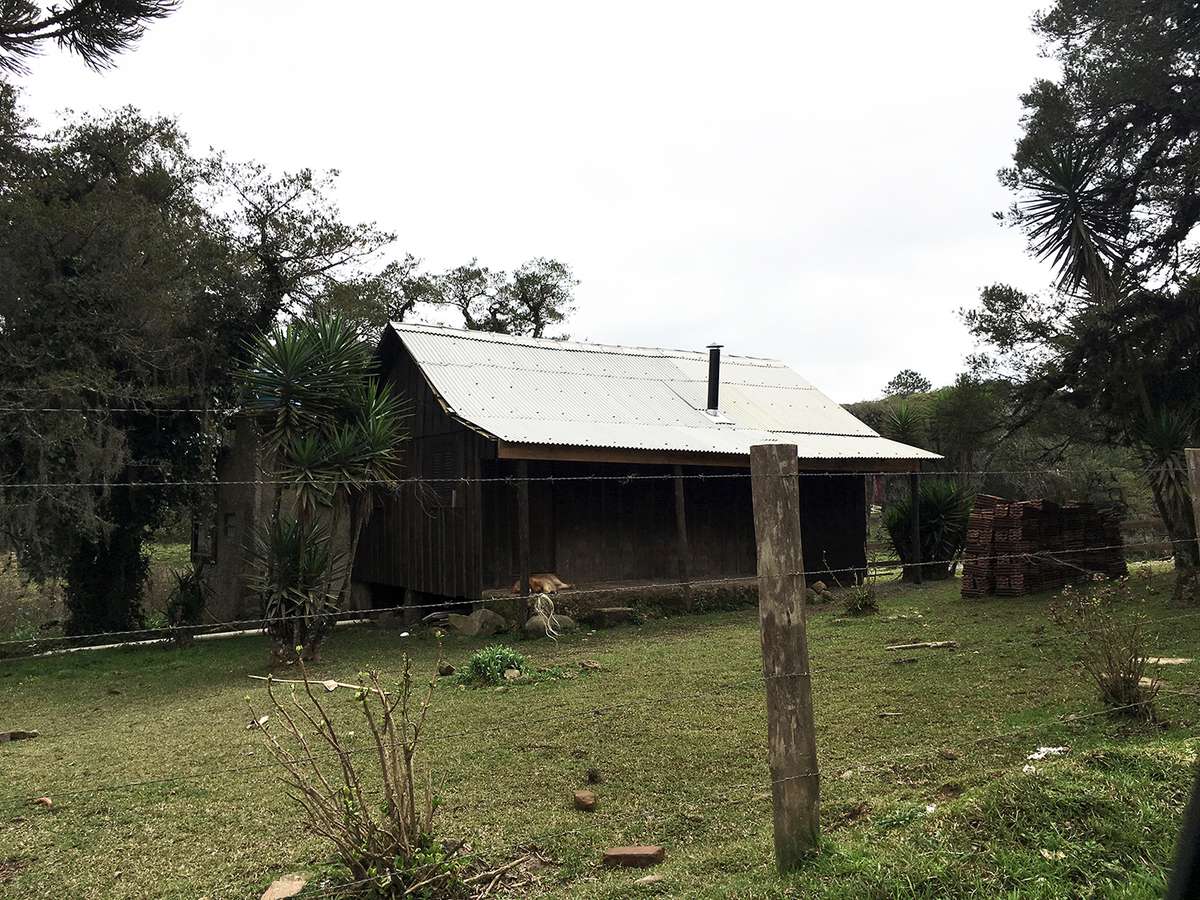
SIMPLE AND PRAGMATIC CONSTRUCTIONS
The austerity and economic restrictions that single out its constructions demonstrate a positive relation between architecture and context. That provide us the possibility to learn from traditional methods and to understand important strategies and knowledge from cultural and practical aspect in order to apply in a more contemporary perspective.
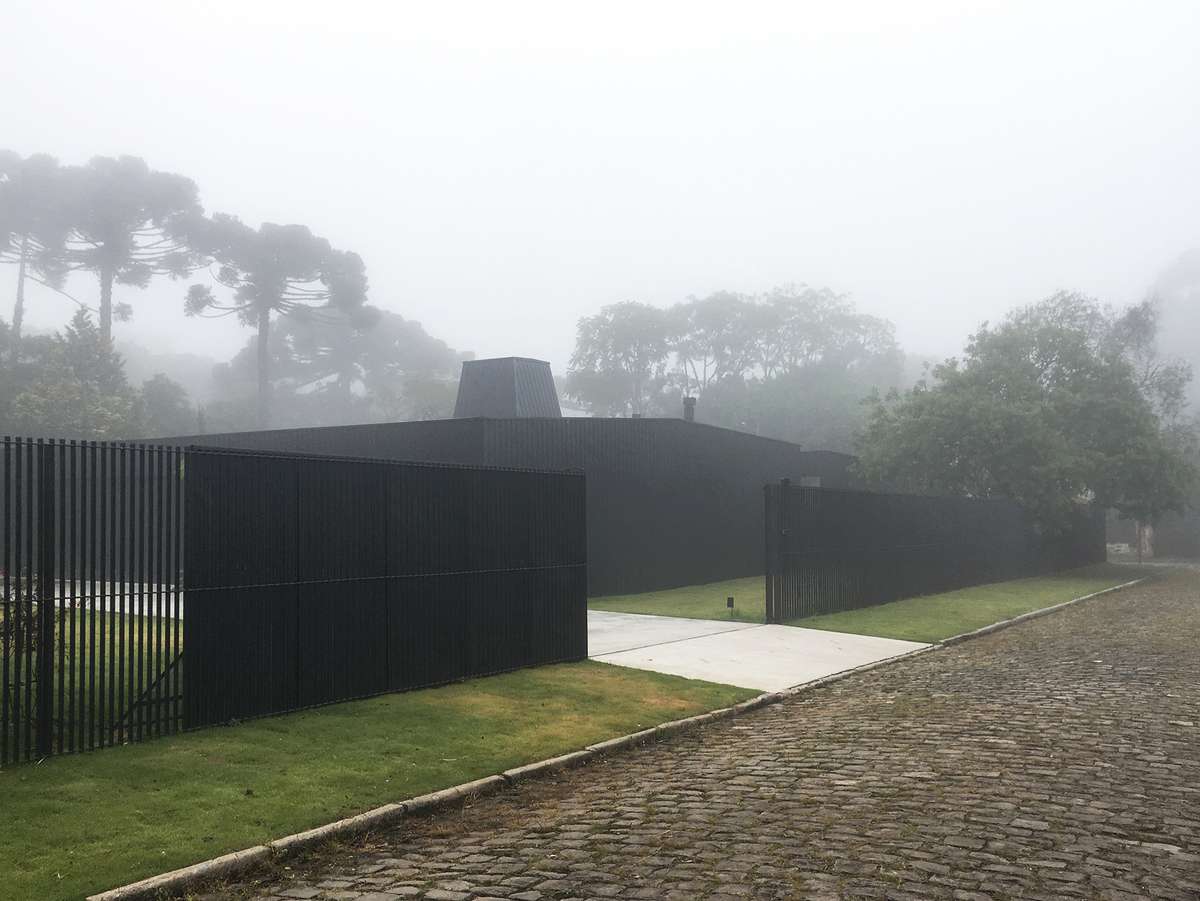
AUSTERITY AND PERTINENCE
Austerity is one important aspect of this traditional architecture. This single-storey urban dwelling avails vernacular strategies related with the rational use of resources and climatic strategies meanwhile relate to the aesthetics of the context, presenting itself as a closed, dark and austere block as the traditional rural buildings.
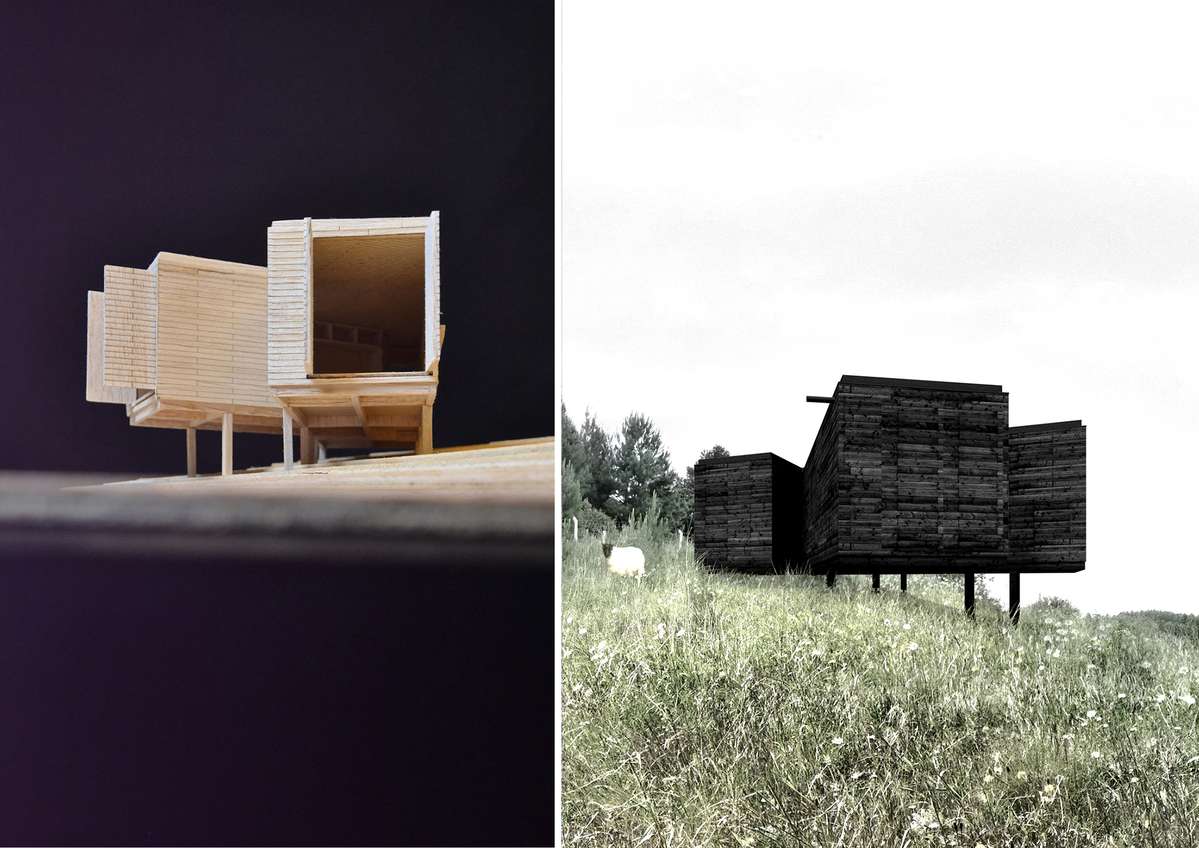
WORKING WITH WOOD
Wood is the most common construction material from the immediate environment. In this case it is uded to create a simple and feasible small construction. Through the use of traditional building techniques, the design aims to generate a contemporary shelter with wood as the single material. The concise volume, closed and hermetical, characteristic of a vernacular architecture, also enable a new spatiality - opening itself - connecting the house with the landscape.
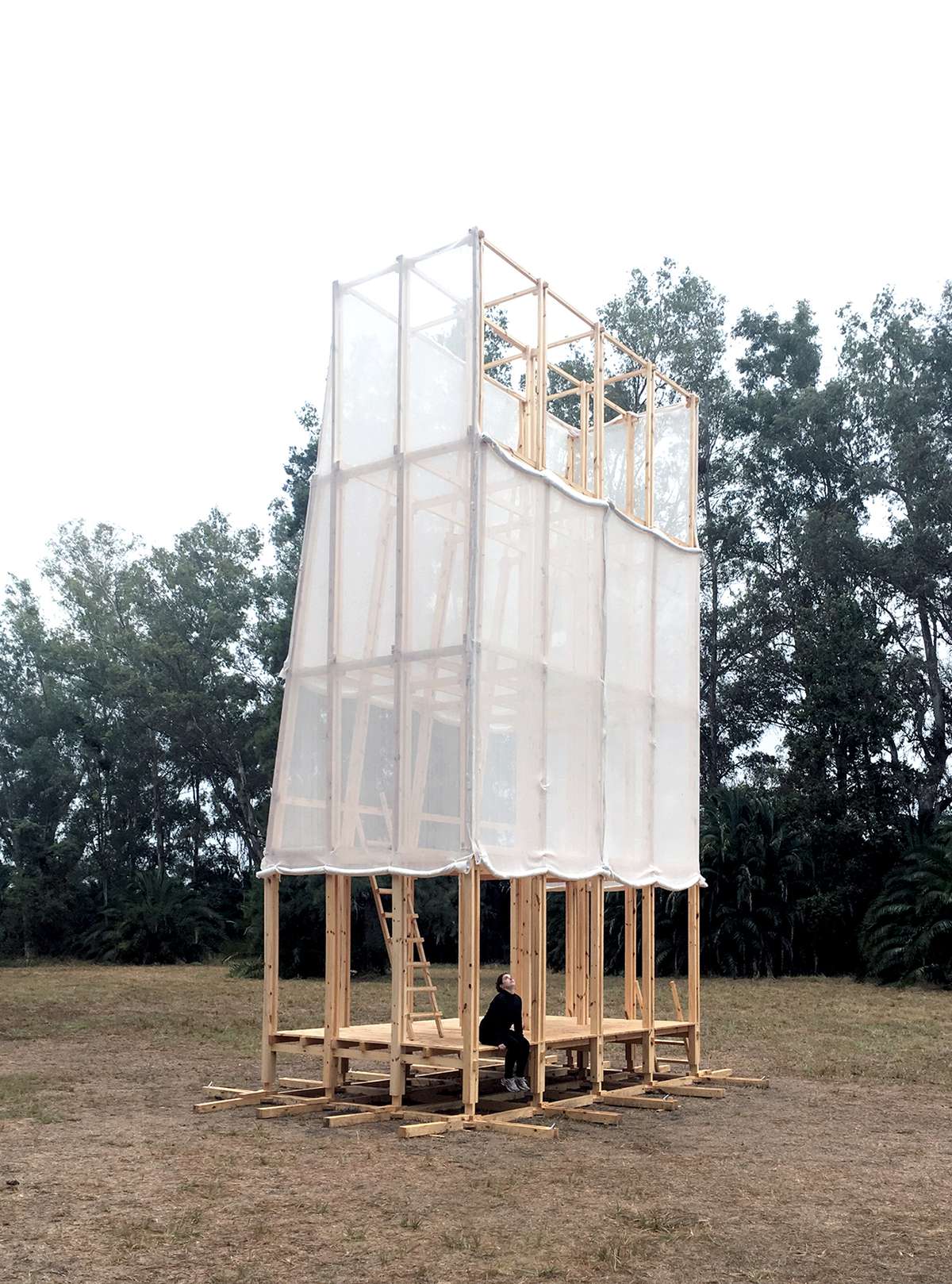
BUILDING FRAGILE STRUCTURES
As traditional rural constructions, fragile and precarious structures, perennial and ephemeral at the same time, this small infrastructure is able to signalize the human presence and to establish a connection between architecture and place. A very light structure - with few elements assembled manually - the observatory generates a shelter and draw the limits of interiors and exteriors spaces confronting the thin line between the tangible and the intangible.
looking to the future, learning from the past
looking to the future, learning from the past

- Site-specific cases
An immersion into the vernacular, a study or approach towards an aesthetics, ethic and culture of the place, tradition and identity.
This research aims to reveal a possible dialogue between the artisanal and the contemporary in architecture. A search for keeping alive construction traditions.
Living in the southernmost and coldest part of a tropical country - known for this amazingly open architecture - we have to look to traditional buildings to learn how to deal with the cold weather of the south.
The search for an ‘architecture of the cold’ seeks to learn from construction, from practice, from common, from heritage. A reference to some essential bareness represented by the vernacular, the rural and the countryside.
The projects presented investigate possible interactions between traditional practices and contemporary architecture in a critical approach of new technologies combined with vernacular strategies, rescuing methods and techniques.
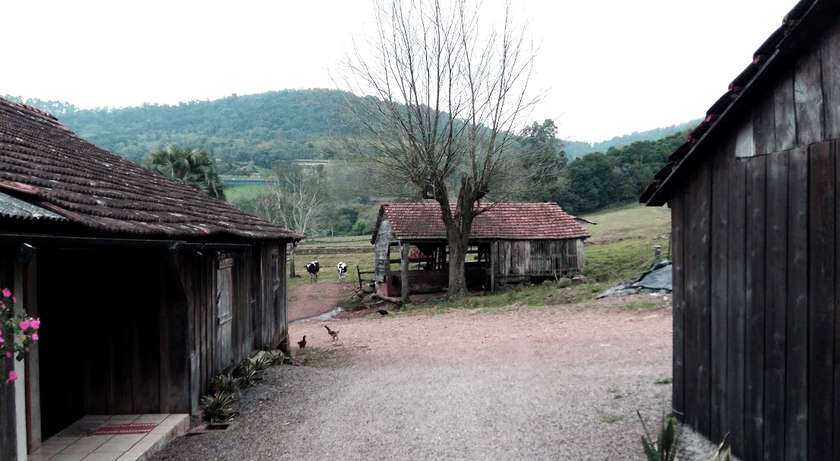
TYPICAL RURAL CONSTRUCTIONS IN SOUTHERNMOST TERRITORY OF BRAZIL
Our territory is fill with rural constructions that has no author, no formal project. Common buildings carachterized by a traditional knowledge shared through the construction process with the use of local materials, artisanal and vernacular means that has been passed from generation to generation and constantly adapted to the place, materials and climate.
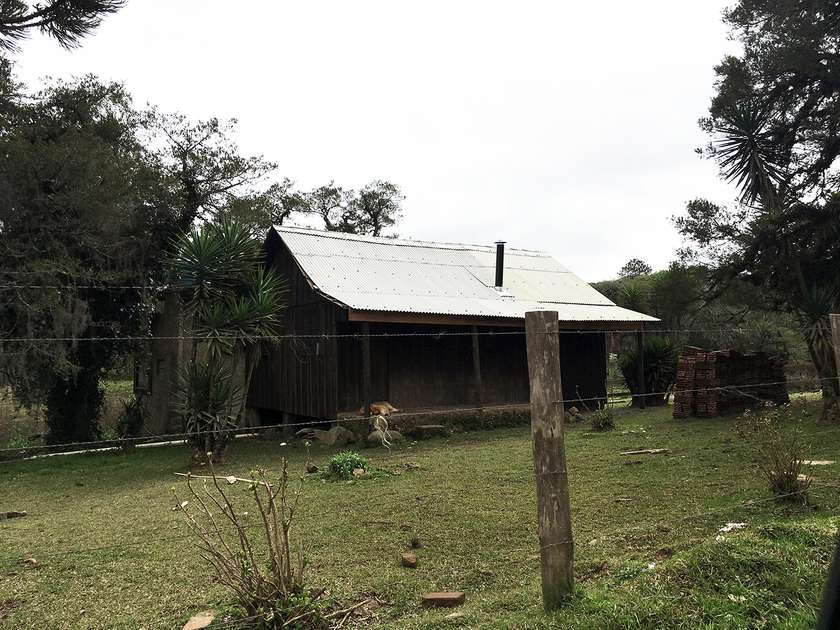
SIMPLE AND PRAGMATIC CONSTRUCTIONS
The austerity and economic restrictions that single out its constructions demonstrate a positive relation between architecture and context. That provide us the possibility to learn from traditional methods and to understand important strategies and knowledge from cultural and practical aspect in order to apply in a more contemporary perspective.
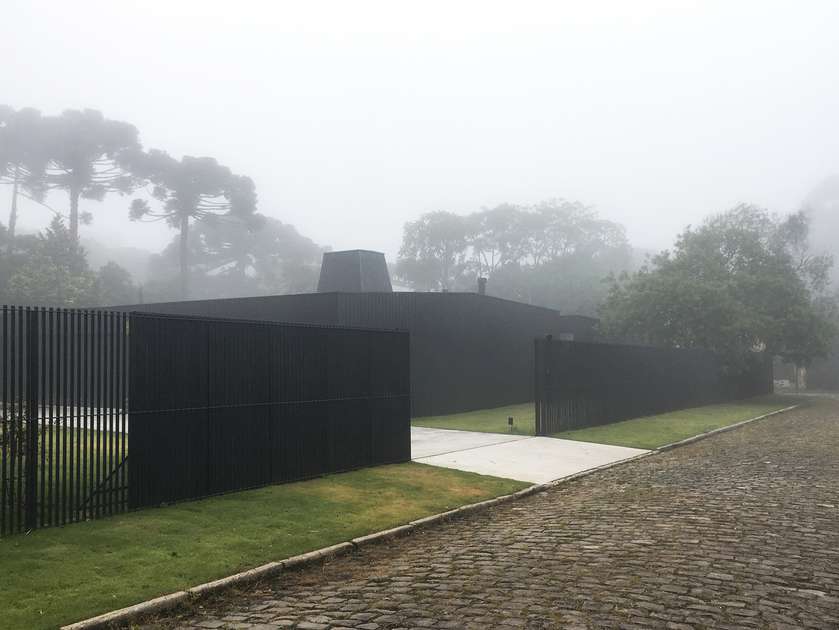
AUSTERITY AND PERTINENCE
Austerity is one important aspect of this traditional architecture. This single-storey urban dwelling avails vernacular strategies related with the rational use of resources and climatic strategies meanwhile relate to the aesthetics of the context, presenting itself as a closed, dark and austere block as the traditional rural buildings.

WORKING WITH WOOD
Wood is the most common construction material from the immediate environment. In this case it is uded to create a simple and feasible small construction. Through the use of traditional building techniques, the design aims to generate a contemporary shelter with wood as the single material. The concise volume, closed and hermetical, characteristic of a vernacular architecture, also enable a new spatiality - opening itself - connecting the house with the landscape.
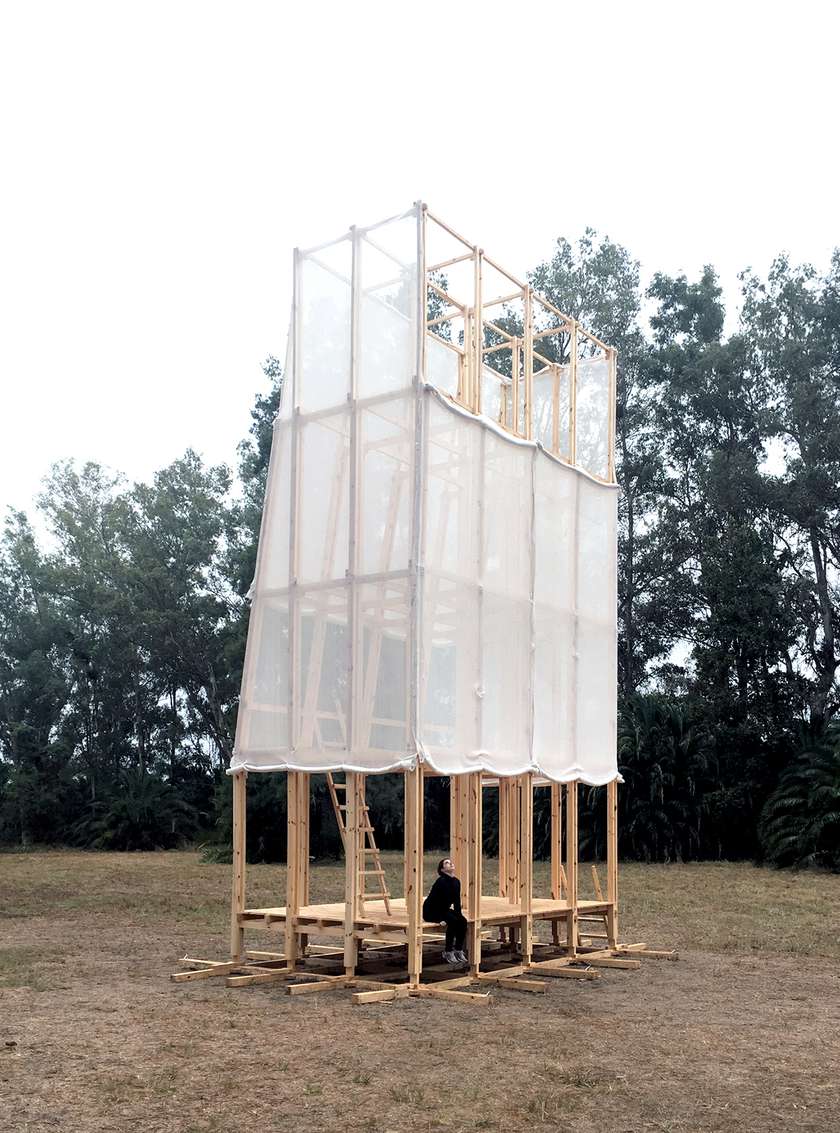
BUILDING FRAGILE STRUCTURES
As traditional rural constructions, fragile and precarious structures, perennial and ephemeral at the same time, this small infrastructure is able to signalize the human presence and to establish a connection between architecture and place. A very light structure - with few elements assembled manually - the observatory generates a shelter and draw the limits of interiors and exteriors spaces confronting the thin line between the tangible and the intangible.